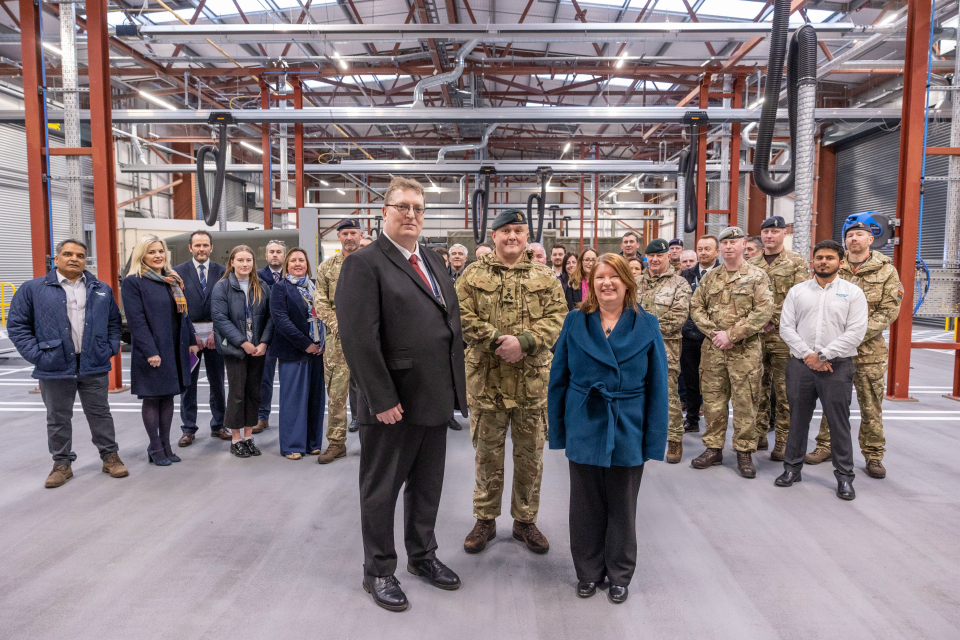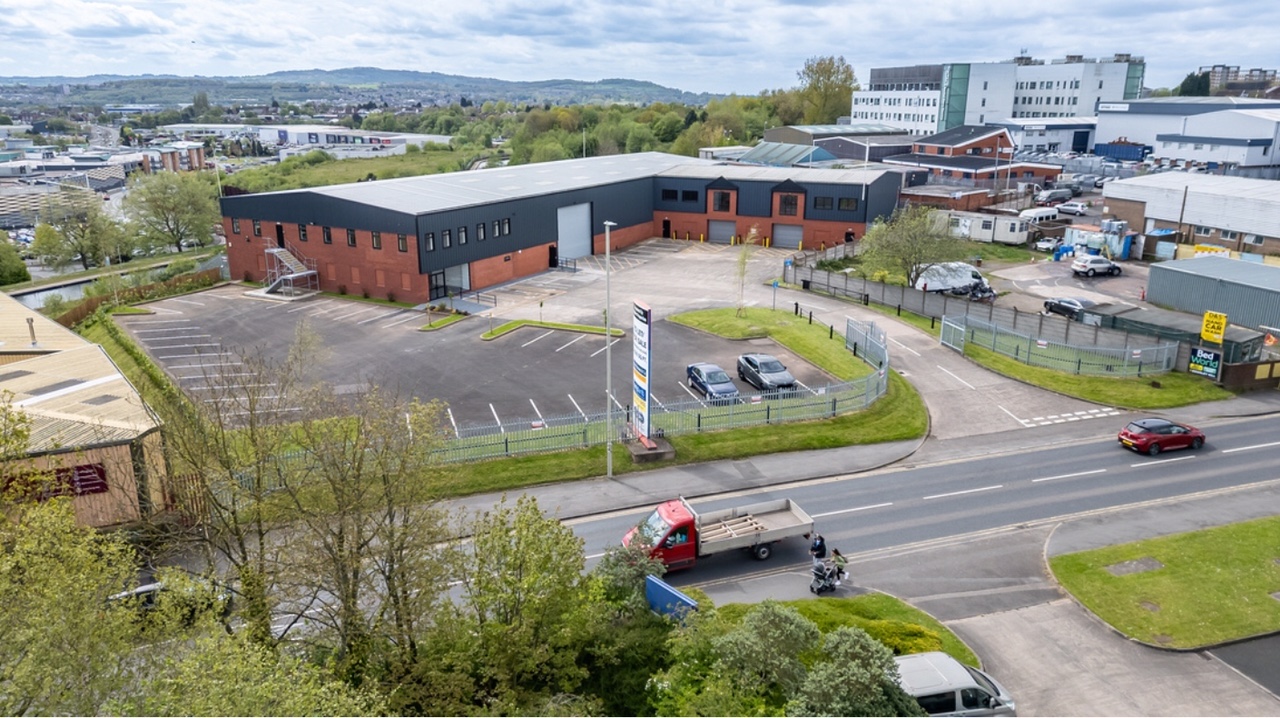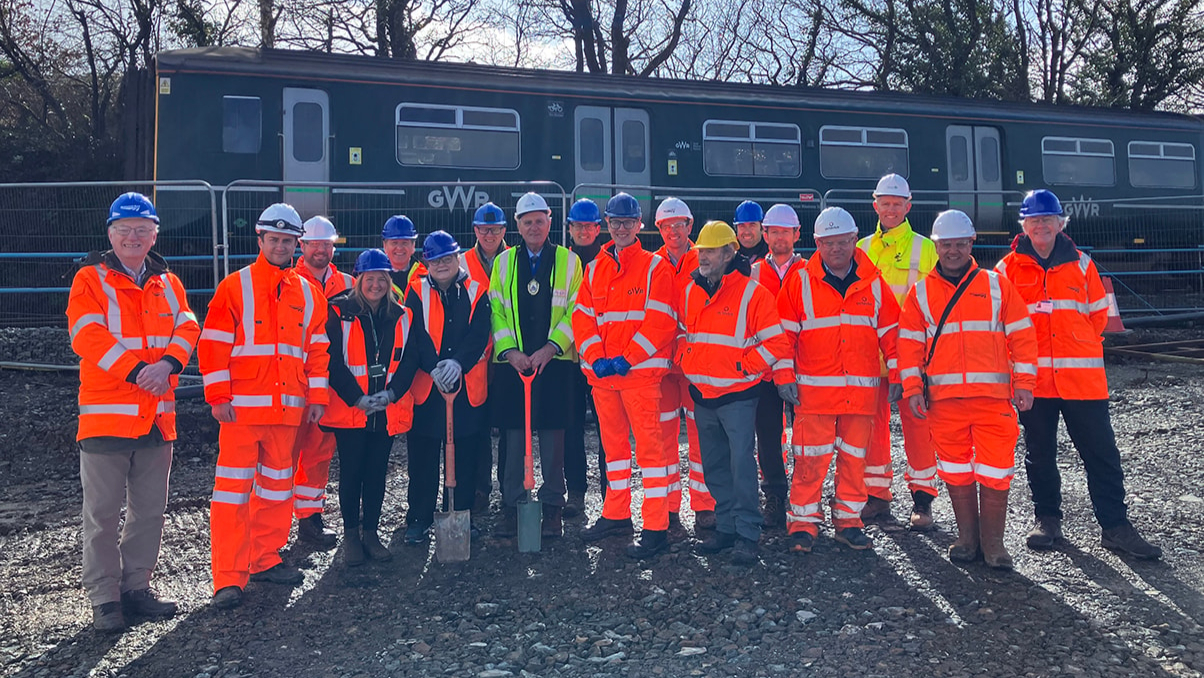Trustee’s view | Shaking the Piggy Bank: Paying for the UK’s Infrastructure | New Civil Engineer

My eldest daughter left home to go to university in September. It took about a month after she had gone for her to concede, during one of her frequent telephone calls home, that she now “knew what you meant when you were always saying how expensive everything is and how difficult budgeting was”.
Maybe she should tell that to Rachel Reeves as the chancellor heads towards a Spring Statement and a new set of financial forecasts from the Office of Budget Responsibility.
The government’s commitment to infrastructure is clear, but even with changes to the fiscal rules announced in last year’s Budget, there still remains the question of how the infrastructure we need can be funded in a sustainable way.
This was the background for the ICE’s Next Steps Programme on paying for Britain’s infrastructure system, the findings of which are currently being finalised.
It’s fair to say that the UK’s investment gap is massive, and the public sector alone cannot fill it.
While there’s no shortage of private money to invest in infrastructure, this money is globally mobile. And unfortunately, the UK has dropped from being one of the most attractive to one of the least attractive countries for infrastructure investment.
Investors need clarity and certainty, not ideas you would associate with the UK in recent years. Political instability, an unattractive regulatory regime and no clear project pipeline have all contributed to this change in perception.
The capital that is invested in the UK at the moment is predominantly “defensive” (low growth and less risk-taking) but the investment we need to drive forward with net zero needs to be in high-growth, innovative sectors. We need to work out how to use a finite pot of public money to maximise private investment in these transformational areas. The creation of organisations such as Great British Energy and facilities such as the National Wealth Fund suggests that the government is prepared to rise to this challenge, but are the commercial functions and skills in various government departments set up to deliver value for all parties?
Although a number have been touted, new finance models won’t necessarily change this risk aversion; government needs to fix the basics of infrastructure planning and delivery. Any infrastructure pipeline needs to set out tangible investment opportunities. The planned 10 Year Infrastructure Strategy to be published later this year is an opportunity to address these problems, but market signals are still needed now to build confidence and capacity in the industry.
In this regard, devolved administrations and mayoral strategic authorities are leading the way in setting out medium to long term investment programmes that also build in key outcomes like maintenance and community benefits. Mutual Investment Models are used in Wales, primarily for social infrastructure, and are linked to the Wellbeing of Future Generations Act. Could such models be applied on a larger scale?
Whether they can or not, more of a focus on outcomes and the benefits of private investment may help make the case with the public on its benefits – a public that is fairly sceptical about the merits of private investment. To date, the narrative around failing public services and increasing investor dividends that have plagued the rail and water industries in recent years, alongside reports on excessive PFI legacy payments, has been the overriding view of the public on how private investment and infrastructure delivery co-exist.
Engaging the public with a progressive case for private investment in infrastructure is just as important as attracting the investment itself.
The taxpayer ultimately funds new infrastructure, whether through taxes, utility bills or user charges. So the government, industry, and other stakeholders need to be more transparent about why infrastructure is necessary, how it’s paid for, and the trade-offs involved.
As shown by my daughter’s steep learning curve, realising there are challenges is an important first step towards understanding what actions are necessary. As in my daughter’s case, proposed solutions may not necessarily avoid budget difficulties at some point in the future, but it might help make sure that the appropriate funding is directed towards the right things at the right time.
- Jonathan Spruce is ICE Trustee Policy & External Affairs
Like what you’ve read? To receive New Civil Engineer’s daily and weekly newsletters click here.
Related
Major military infrastructure upgrade completed at Leuchars
Upgraded facilities have been delivered for The Royal Scots Dragoon Guards and 2nd Battalion Royal Electrical and Mechanical Engineers, including refurbished o
UK public EV charge points surpass 75,000 as infrastructure booms
The UK’s electric vehicle (EV) charging infrastructure has hit a significant milestone, with the number of public charge points surpassing 75,000. According t
Infrastructure firm strengthens UK presence with Brierley Hill warehouse |…
National infrastructure service provider MJ Quinn has secured a newly refurbished industrial site in Brierley Hill as part of its ongoing UK ex
UK: Work Begins on New Railway Station in Okehampton
Initial work has begun to build a new railway station in Okehampton, Devon. The new 15 million GBP station, named Okehampton Interchange, will connect We













